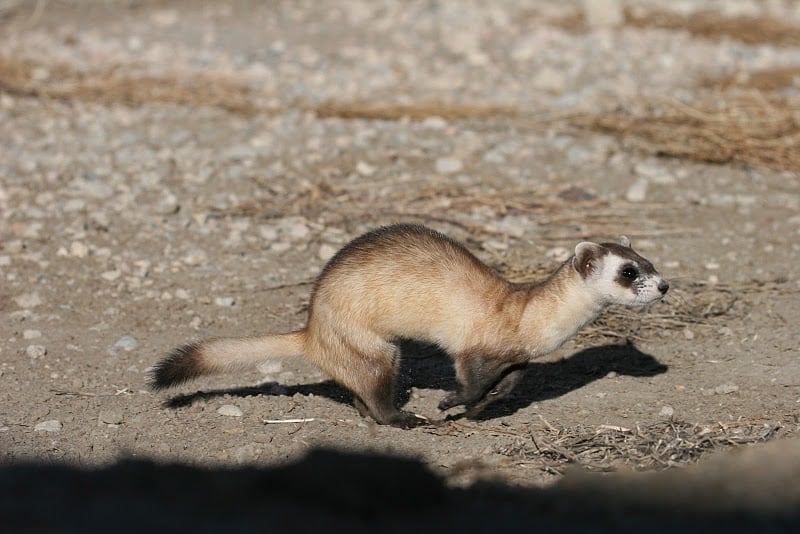The vast and diverse landscapes of North America are home to a plethora of wildlife. Amidst the sprawling forests, arid deserts, and majestic mountain ranges, there exists a select group of mammals whose existence is precariously perched on the edge of extinction. These rare mammals, facing numerous threats, are engaged in a battle to survive against overwhelming odds. This article delves into the unique lives and challenges faced by some of the most endangered mammals in North America.
Understanding Endangered Species

Endangered species are those whose numbers have dwindled to such low levels that they are at significant risk of extinction. In North America, several mammals fall into this category, primarily due to habitat destruction, climate change, and human-induced threats. Conservation efforts are crucial to ensuring their survival and the preservation of biodiversity.
The Vaquita: North America’s Rarest Marine Mammal
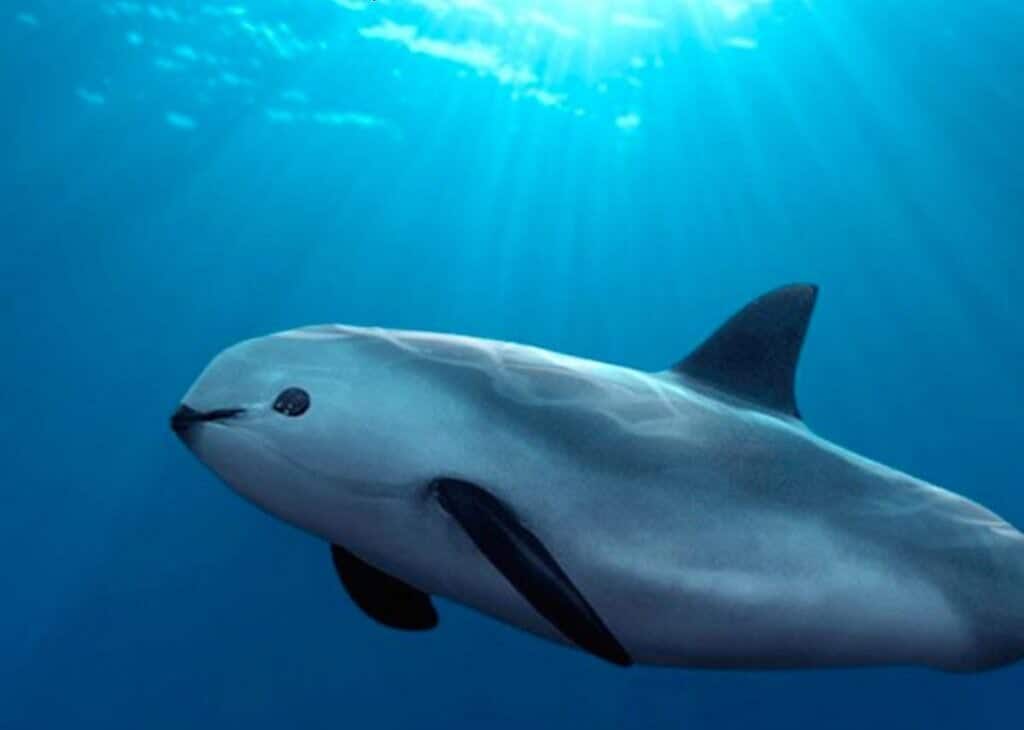
Considered the most endangered marine mammal in the world, the vaquita is a small porpoise endemic to the northern part of the Gulf of California. With fewer than 10 individuals remaining, vaquitas face critical threats from illegal fishing practices, specifically the use of gillnets intended for another endangered species, the totoaba. Conservationists are racing against time to salvage this species from the brink of extinction.
The Elusive Florida Panther
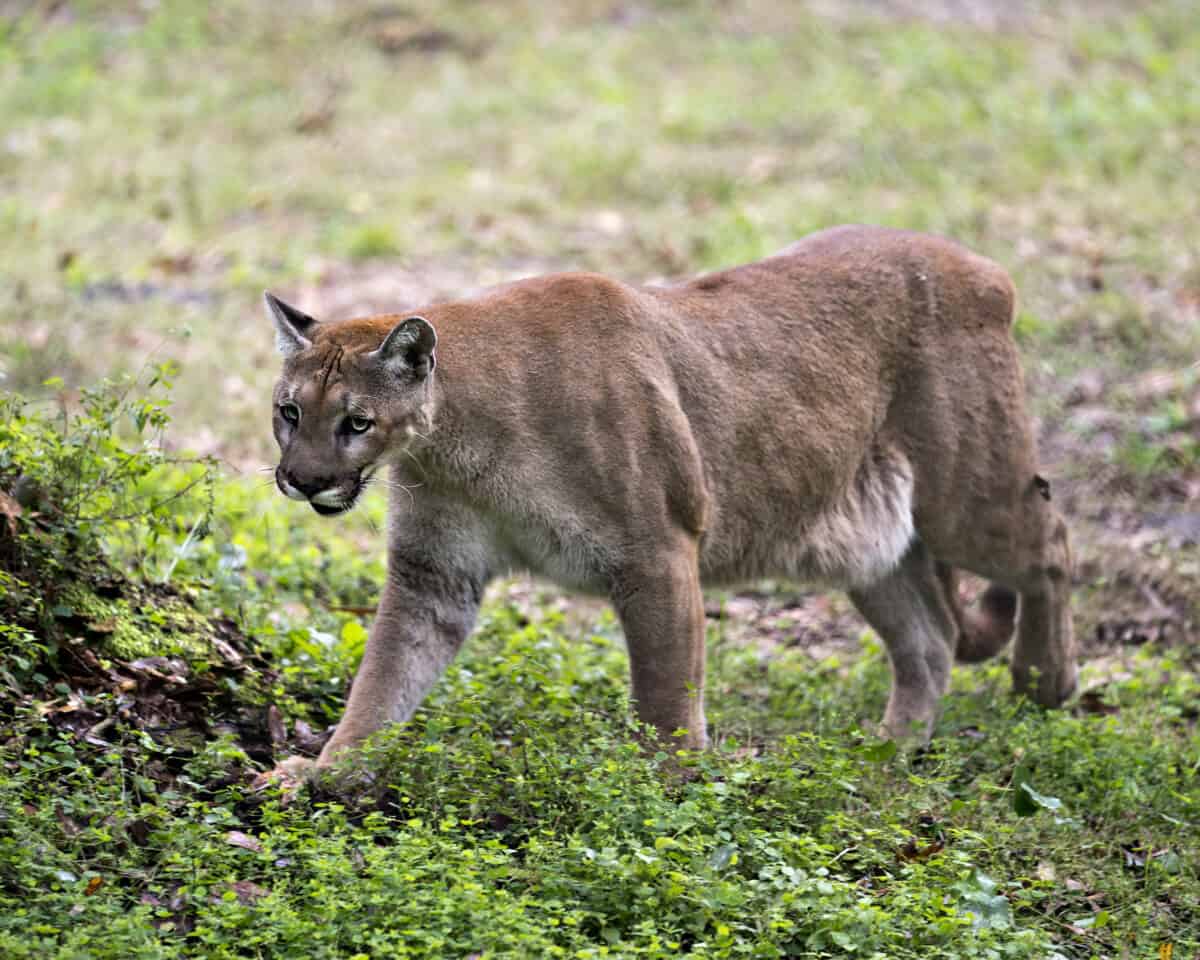
An iconic symbol of wilderness in Florida, the Florida panther is a distinct population of the puma species. With fewer than 200 individuals left, these majestic cats are threatened by habitat fragmentation, vehicle collisions, and genetic health issues. Conservation efforts are focused on restoring habitat connectivity and mitigating roadway hazards.
Meet the Black-Footed Ferret
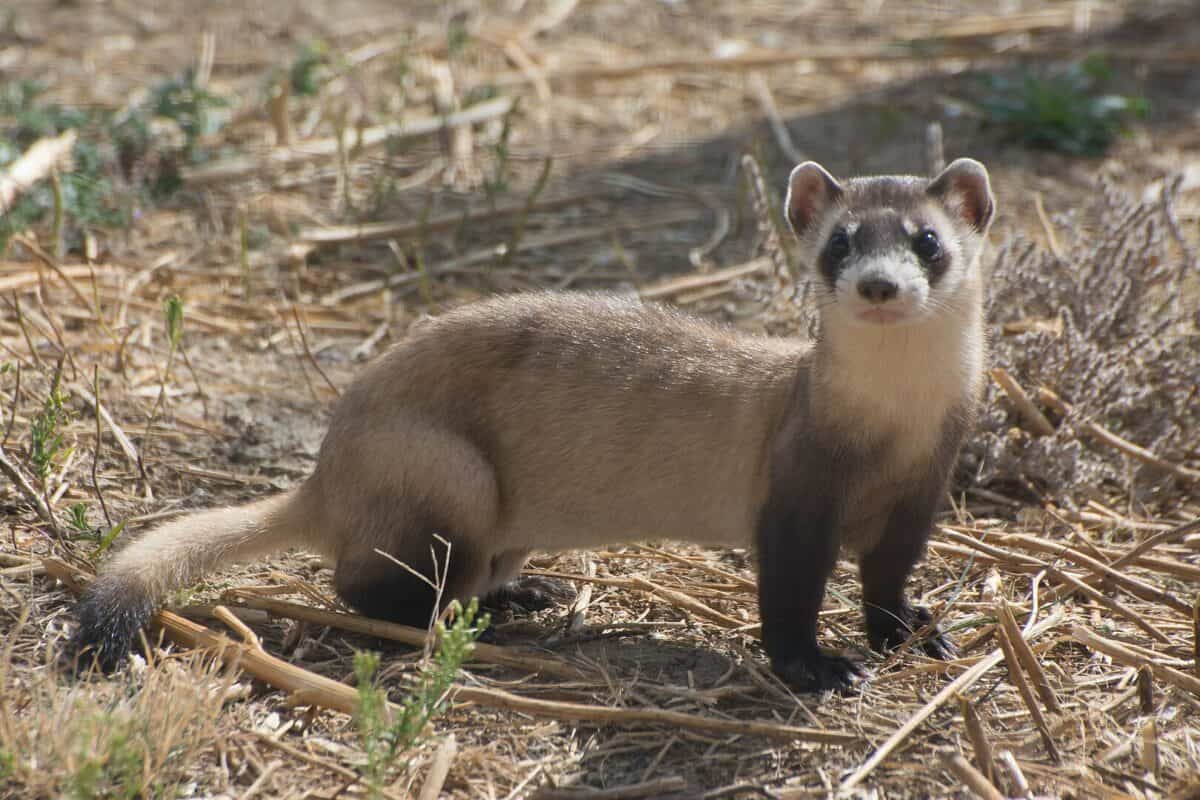
Once thought to be extinct, the black-footed ferret was rediscovered in the 1980s. This ferret depends heavily on prairie dog colonies for survival, as these colonies provide both food and shelter. The decline in prairie dog populations, due to agricultural development and disease, directly impacts the ferrets. Conservationists have implemented breeding and reintroduction programs to aid in their recovery.
Woodland Caribou: A Struggle for Survival
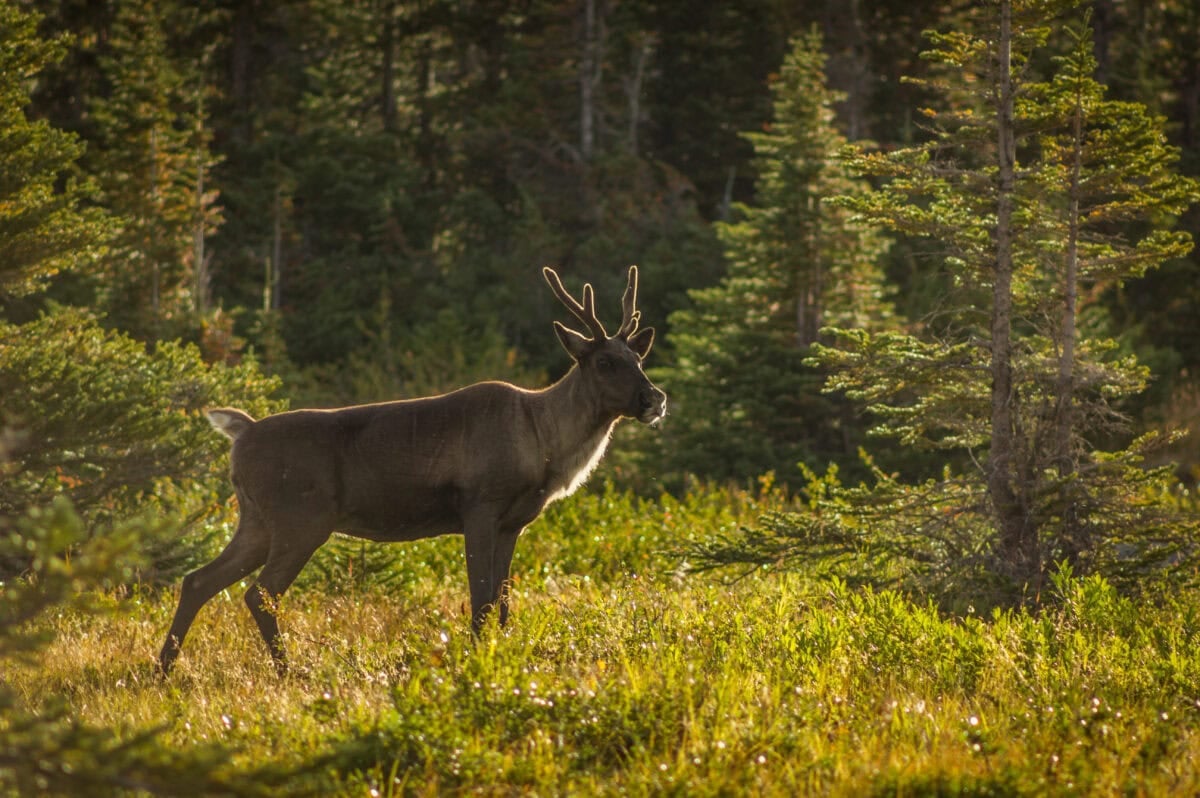
The woodland caribou, found primarily in the boreal forests of Canada and parts of the northern United States, is facing a decline due to logging and resource extraction. These activities fragment their habitats and increase predation risks. Efforts are underway to establish protected areas to support their dwindling populations.
Catching a Glimpse of the Mexican Wolf

The Mexican wolf, or “El Lobo,” is the smallest and rarest subspecies of the gray wolf in North America. Once nearly eradicated, focused conservation programs have enabled their numbers to climb to around 200 in the wild. The ongoing recovery efforts emphasize minimizing human-livestock conflicts and promoting genetic diversity.
Conserving the Island Fox

The island fox, native to the Channel Islands off California’s coast, experienced sharp declines due to diseases introduced by domestic animals and predation by golden eagles. Intensive conservation measures, including captive breeding and vaccination programs, have successfully helped boost their populations, making it a conservation success story.
The Vulnerable Red Wolf

The red wolf, native to the southeastern United States, is one of the world’s most endangered canids. Historically ranging across the American South, current wild populations are fewer than 20 individuals. Conservation strategies include managed breeding programs and habitat protection to facilitate their recovery.
Examining the Vancouver Island Marmot
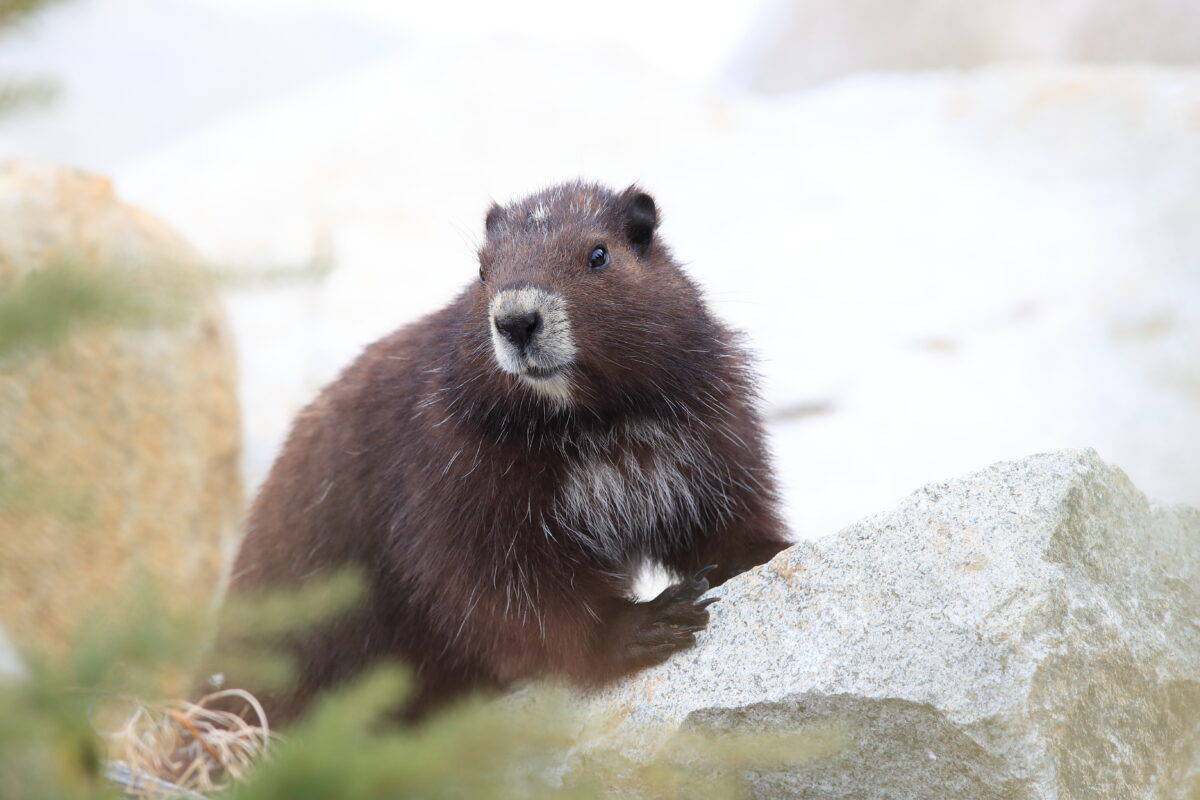
Endemic to Vancouver Island, the Vancouver Island marmot is among Canada’s most endangered mammals. Habitat loss due to logging has been a significant threat. Concerted reintroduction efforts and habitat management strategies have been employed to foster population stability and growth.
The Alabama Beach Mouse: A Tiny Survivor

The Alabama beach mouse inhabits the dunes of Alabama’s Gulf Coast. Its survival is precarious due to habitat loss from coastal development and hurricanes. Conservation efforts are focused on habitat preservation and stabilization to ensure the species remains part of the coastal ecosystem.
Protecting the San Joaquin Kit Fox

The San Joaquin kit fox, a small, agile creature inhabiting California’s Central Valley, faces threats from agricultural development and oil exploration. Conservation actions include habitat restoration and monitoring to improve their chances of survival amidst growing ecological pressures.
The Appalachian Cottontail: A Critical Case

Inhabiting the dense forests of the Appalachian Mountains, the Appalachian cottontail is under threat from forest fragmentation and climate change. Conservationists focus on habitat conservation and management strategies to ensure this elusive rabbit’s survival in the wild.
Conclusion: A Call for Conservation
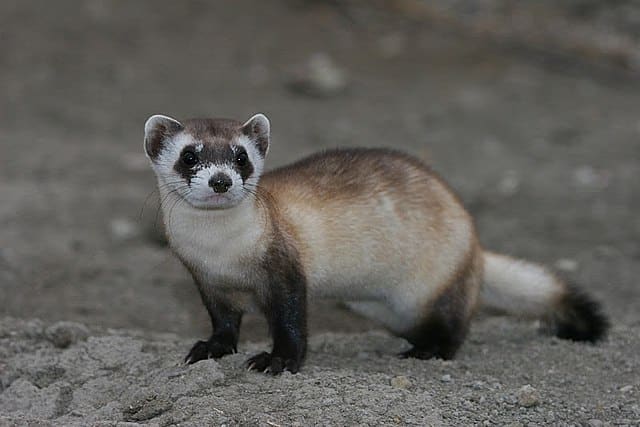
The rare mammals of North America are living testaments to the continent’s rich biodiversity. Each species plays a crucial role in its ecosystem, and losing even one can have far-reaching implications. Conservation efforts—ranging from legal protection and habitat restoration to public awareness and community engagement—are vital for ensuring these mammals have a fighting chance. It’s a shared responsibility to safeguard the natural heritage for future generations, calling upon everyone to take an active role in the preservation and protection of these incredible creatures.
- How Penguins Take Turns at Sea and Nest to Raise Chicks - August 9, 2025
- Dolphin Brains Compare to Those of Apes and Humans - August 9, 2025
- 14 Cutting-Edge Biotech Innovations That Will Shape the Future - August 9, 2025

